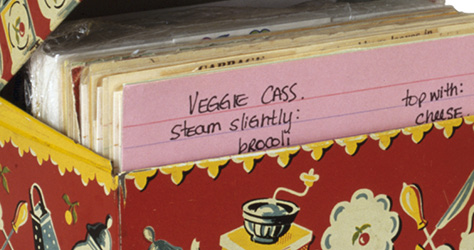Modern mums know it’s important not to wean too early, but it wasn't always so.
We take a fascinating – and sometimes horrifying – look at how babies have been weaned throughout history…
At a glance
- Babies in the ancient world were breastfed for much longer than most Western babies are today
- A wealthy medieval mother didn't have to worry about breastfeeding – her wet nurse did it for her
- The innovative Victorians developed powdered infant milk in 1865

Ancient times
Babies in the ancient world were breastfed for much longer than most Western babies are today. The Greeks waited until 12-18 months to wean, the Romans and Ancient Hebrews until about three years, when all the baby teeth had come through.
Medieval times
Unlike a poor woman, a wealthy medieval mother didn’t have to worry about breastfeeding – her wet nurse did it for her.
Weaning could take place at any time from one to three years of age. When the time came to wean, the wet nurse would simply chew up food in her own mouth and pass it to the baby.
Infant mortality was high in the medieval period, when wet nursing and weaning on chewed food often caused disease to spread.
16th to 18th centuries
As the centuries passed, weaning happened earlier and earlier, with often disastrous consequences.
A 16th-century English baby would be weaned between 7 and 9 months and breastfed until 18 months, pretty much as we do today.
By the fashion-conscious 18th century, however, weaning could be started as early as 2 months.
Artificial baby foods – ‘pap’ – made from cereal mixed with unpasteurised milk and sometimes raw meat juices were fed from fashionably new but unsterilised ceramic baby feeders. Narcotic drugs, such as laudanum, could be added to the feeder to ‘soothe’ the baby.
Babies could be fully weaned off the breast by 8 months if they were lucky enough to live that long. Many babies died of diarrhoea, yet the fashion for artificial feeding continued.
The 19th century
The innovative Victorians developed powdered infant milk in 1865 (made from cow's milk, malt and wheat flour) and packaged it in sterile containers. Infant deaths decreased between 1890 and 1910 as hygiene was better understood and more widely practised, and as milk for weaning foods was pasteurised.
20th century
From the 1900s onwards, doctors advised weaning at around 1 year, although many mothers continued to wean early, at 3-6 weeks. Various weaning foods from pap to evaporated milk were used, often fortified with cod liver oil and orange juice to prevent scurvy.
By the 1950s, it was believed that breast milk alone could not supply a baby with enough essential vitamins and iron. Solid foods were introduced even earlier – a 1953 weaning schedule advises cereals to be fed twice a day at 2-3 days of age!
The 1970s baby was usually weaned on to solids by the time she was 3 months old. Studies over the last 40 years found that later weaning is beneficial to babies, and 4 months was recommended, increasing to 6 months.
21st century
In 2003 both the World Health Organisation and the NHS recommended exclusive breastfeeding for 6 months.
Mums say
"My mum breast fed me for about a year, but when I had my children the fashion was for giving them solid food like cereal early – ridiculously early. It was real ignorance. People would be proud that their babies were eating solids at a few months’ old! I tried to give my daughter cereal at six weeks – it was the fashion – and she was terribly sick. Her little stomach just couldn’t take it. Things are much better now." ’Paula, mum of 3